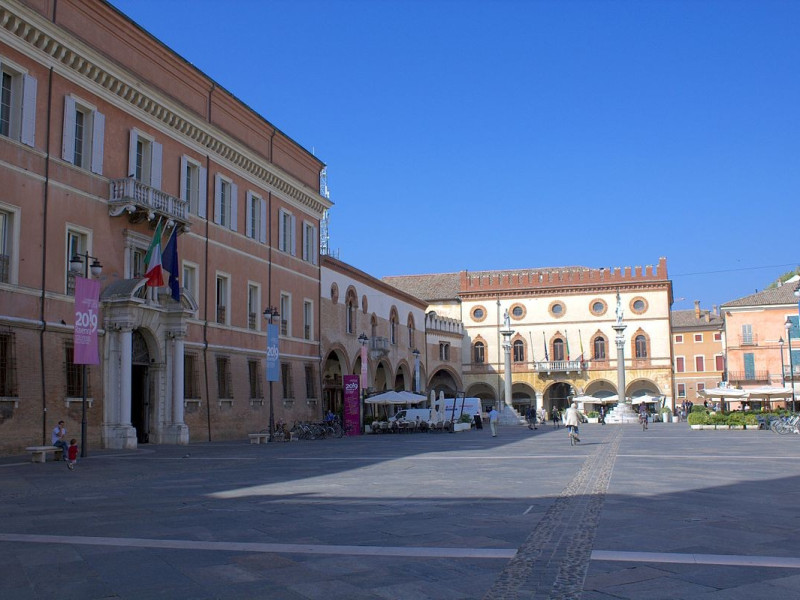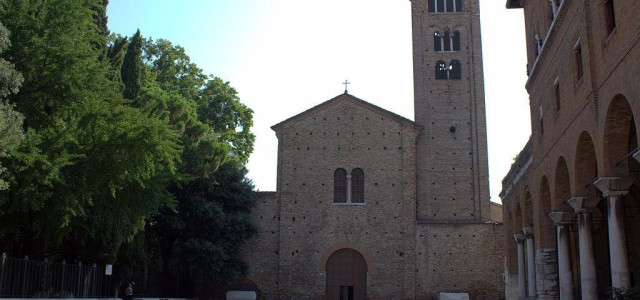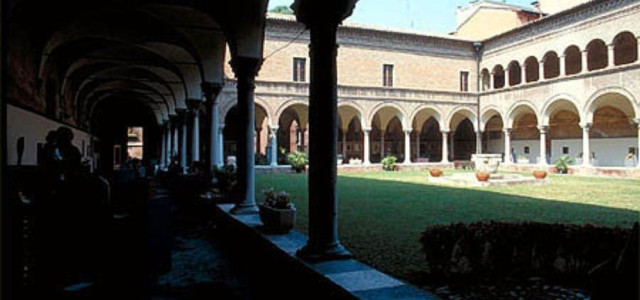Ravenna
It is the largest and most historically important city in Romagna. Ravenna, in its history, has been the capital three times: Roman Empire of the West (402-476), Kingdom of the Ostrogoths (493-553) and Byzantine Outpost (568-751). For the remains of this glorious past, the complex of the first Christian Monuments in Ravenna has been incorporated, since 1996, in the list of UNESCO World Heritage Sites, as serial site "Paleochristian Monuments of Ravenna", among which stands the famous Mausoleum of Galla Placidia. Dante's Tomb, adjacent to the Convent of St. Francis, built in 1781 by Camillo Morigia in the form of a temple, houses the remains of Divine Poet, who died here in exile. In the second half of the twentieth century, the city has experienced a period of great expansion: demographic growth has been accompanied by a series of architectural projects that focus particularly around Candiano Canal, which connects the city to Adriatic Sea. The town's dock and ancient harbor areas are at the center of the urban revolution that the city will know in the early decades of the 21st century with the creation of green areas, avenues, commercial areas, Nautical Polo and Energy Tecnopolo.






